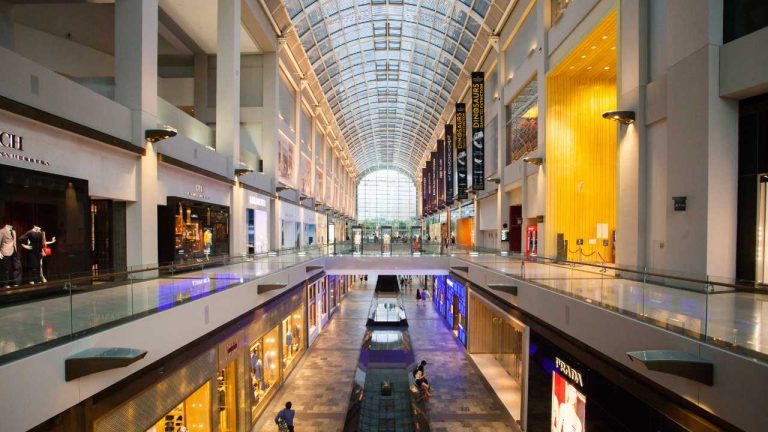Strategies for Shopping Center Renovation
As a Real Estate Broker or Property Manager you should plan your retail shopping center renovations carefully for your clients and merge those plans into the business plan for the property. Each year the business plan should be updated based on tenant placement, income growth, and property performance.
So there are lots of things that can impact the renovation of an investment property. When that property is of a retail nature, the changes involve a large number of people, issues, and stakeholders. Consider this list for starters:
- Landlord
- Tenants
- Financiers
- Customers
- The region and community at large
- Town or city arterial roads
- Town planners
- Transport structures, etc.
The larger the retail property or shopping center, the greater the list of issues and potential impact; on that basis you should plan your shopping center growth and renovations with the fullest of investigation. Only move ahead when you know that you have all issues covered.
So what can you investigate to get the renovation process under control? Here are some of the main ones to get started:
- Review the existing tenancy mix to understand the strengths and weaknesses within. As part of a renovation it pays to choose the best timing based on lease expiries and tenant changes. You can and should make required changes to your tenant mix with both specialty tenants and anchor tenants when renovating. Some of those tenants should be the subject of a lease renegotiation and rental restructure.
- Go through the current leases in the property so you can find and take advantage of any conditions or terms such as ‘relocation clauses’ or ‘renovation requirements’ within each lease.
- Understand the levels of current market rent that apply in the area for the property type. They will be relevant to the rentals you may renegotiate as part of the renovation process. You can add to that any incentives that may be required to encourage new leases with ‘A grade’ tenants. When you get a good lease with a top class tenant, incentives are the leverage that may be required to close on the lease. The incentive by type and cost can be factored back into the property renovation project.
- Check out the competing properties to see what impact they can have on your renovation or expansion. You can also see if those properties contain any ‘tenants of attraction’ that you can approach for relocation.
- Understand your customer demographic in all respects. What are the customers in the region looking for from your property? Are you providing those things now? Can you improve on current property design and layout to incorporate customer requirements?
So what can you get as a result of a retail property renovation? It opens up the opportunity for rental stability, growth, and lower vacancy factors. The current market conditions should be assessed completely before you proceed with the planning and cost assessment.





